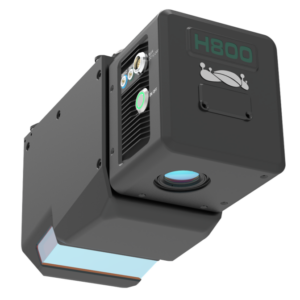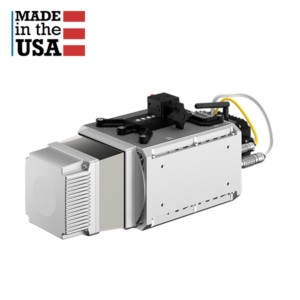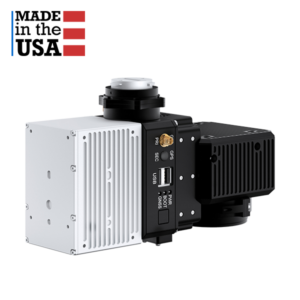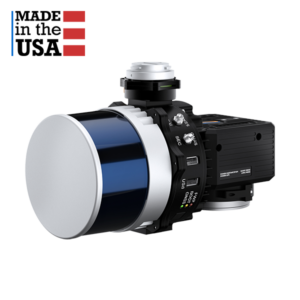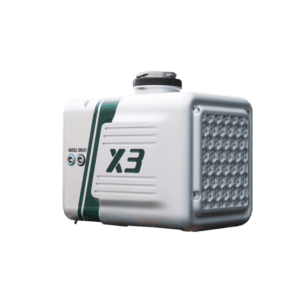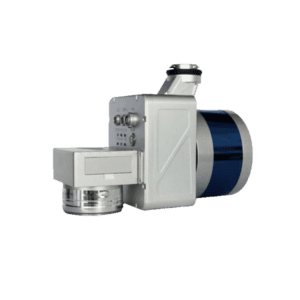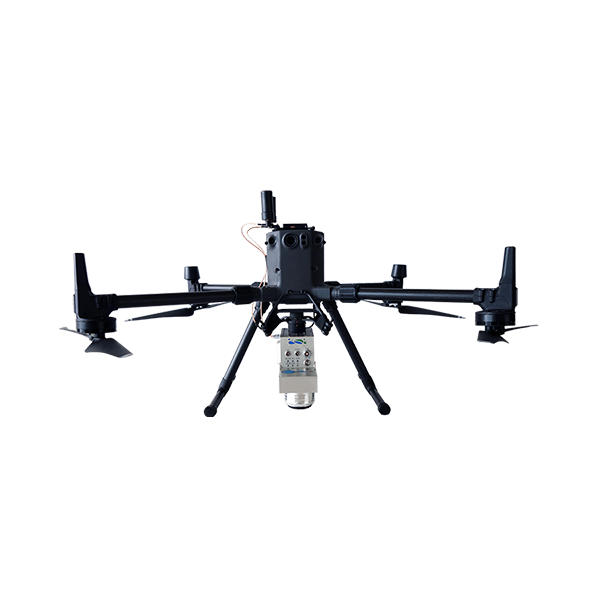
What is Drone LiDAR Scanner? | Tips to Choose and Use it
What is LiDAR, and how does it work?
LiDAR, which uses emitted light pulses for distance calculation, is a method of mapping the Earth’s surface, and it is the most important part of the drone LiDAR scanner system. This is similar to sonar and radar, but instead radio waves it uses laser light pulses. Laser pulses are reflected off different surfaces. The distance between two objects is determined by the difference in the return of each laser pulse.
Depending on the surface characteristics and the capabilities of a laser scanner, a light pulse can return up five times. The first return is flagged as return number one, while the second return will be flagged as return number two, and so on. The return number four will eventually be returned to the sensor. This allows the laser to penetrate to ground points through the thick vegetation.
Browse our range of LiDAR Products Today!
What is Drone LiDAR Scanner?
There have been three major ways that LiDAR has been used in the past:
- Terrestrial – carrying either a LiDAR sensor with you or in a hand-held mount.
- Plane – mounted LiDAR System – Flying in an aircraft or helicopter equipped with a LiDAR sensor
- Space–using satellites
LiDAR technology was previously reserved for highly-funded, specialized projects. Due to a decrease in cost and size of LiDAR sensors, aerial LiDAR technology, which is drone mounted LiDAR system, are becoming more popular.
UAVs equipped with LiDAR sensors are being used to investigate insurance claims and make archeological discoveries. We’ll be looking at some of the most innovative LiDAR drone sensors on the market.
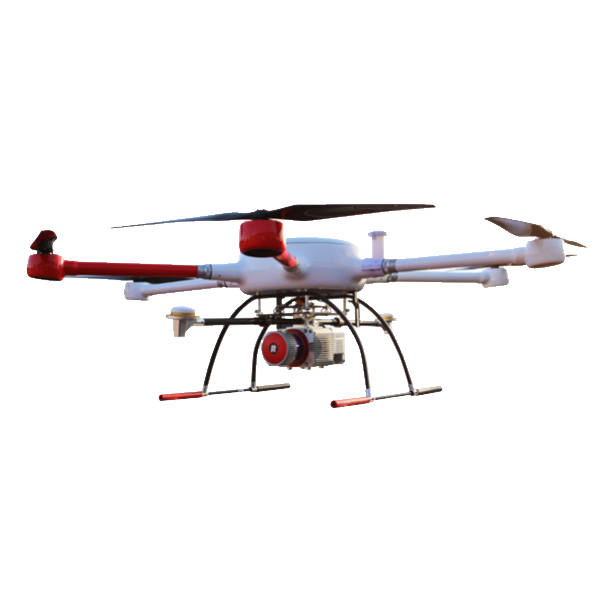
Drone LiDAR scanner is a LiDAR system that can be installed on drones for aerial lidar scanning applications such as construction, mining and powerline inspection.
A LiDAR sensor, which can be combined with a GPS receiver and an inertial measurement device (IMU), can be mounted on a drone/UAV to scan large areas with thousands of points per second.
Post-processing of the reflection time interval data results in conversion to distance, and correlation with data from the GPS receiver, IMU which provide extremely accurate information about the unmanned aircraft’s position and attitude. The 3D point cloud created can be used to create a detailed image of the area and give valuable insights to engineers.
Advantages of Drone Mounted LiDAR Scanner
Drone-based lidar systems provide high resolution data
Drone-based LiDAR, a new type aerial mapping technology, provides high-resolution data. These scanners operate using direct georeferencing and Inertial Measurement Unit (IMU) measurements. The drone carries out the measurement process by shooting pulses of light that bounce off vegetation and return to the scanner.
Drone-based LiDAR systems are capable of providing extremely high-resolution data at a low cost. Compared to manned aircraft, UAVs can survey large areas quickly and efficiently. They also require less staff and can fly for longer periods of time. Drone-based LiDAR is a cost-effective alternative to aerial mapping.
LiDAR drones can cover up to four miles in one flight. They can achieve absolute accuracy of up to four inches horizontally and two inches vertically. This gives you the highest resolution data possible.
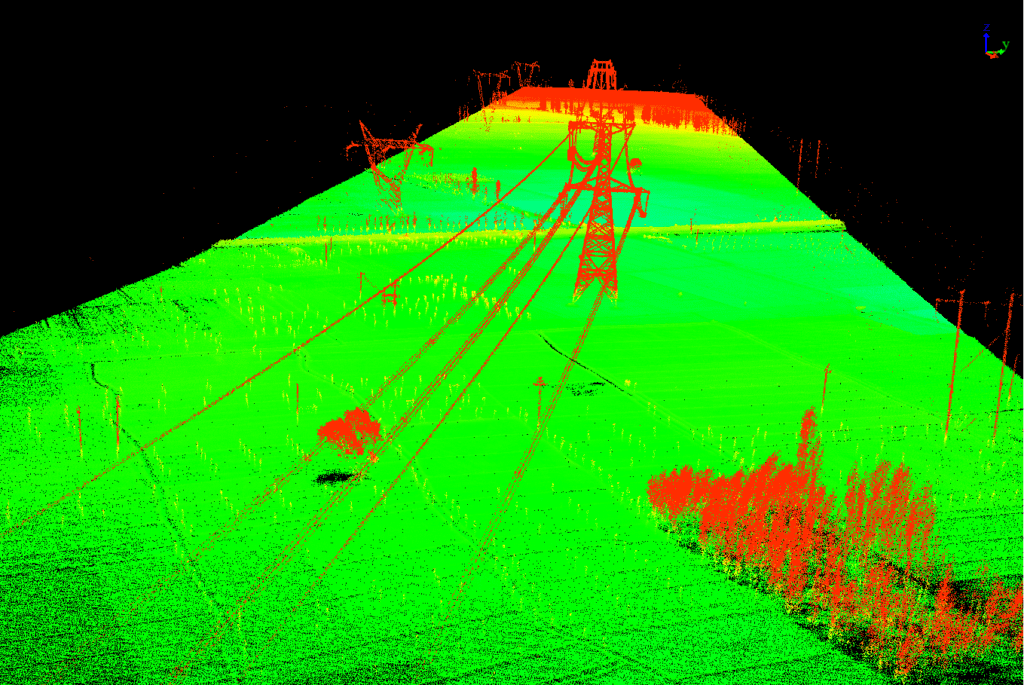
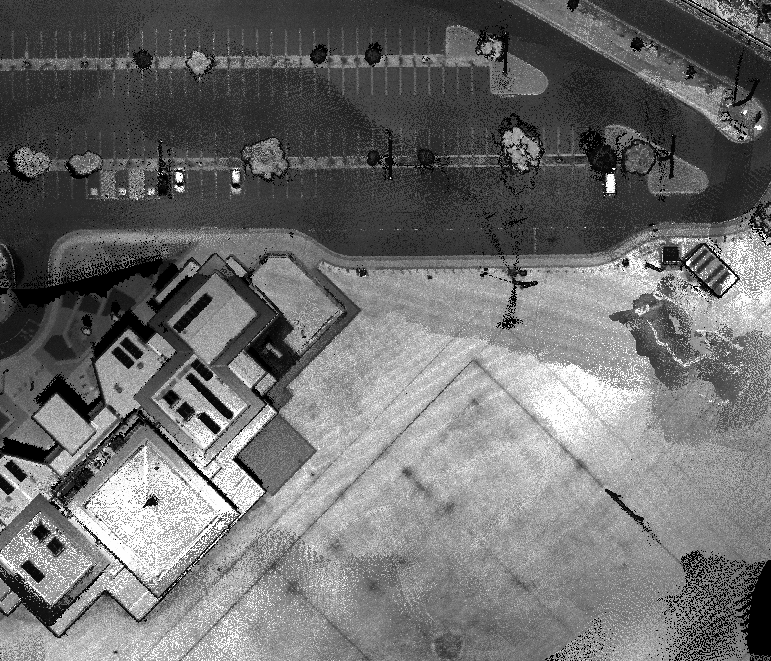
They are more maneuverable that terrestrial systems
LiDAR is an imaging technique used to determine terrain and other features. It is used in the construction industry for a variety of purposes and is also available on private drones. The two main differences between terrestrial and drone radar are the amount of information that can be collected and the cost. Drones are easier to maneuver than terrestrial systems, and can collect data from a wider area.
Aerial LiDAR, on the other hand, involves placing a similar type of laser scanning sensor in the air. This system can be attached to a drone, helicopter, or airplane. These systems can quickly scan an area because they are able to scan downward from an aerial view. They also can cover more terrain than terrestrial systems, which may need multiple scanning positions to cover a large area.
They are more precise than photogrammetry
While drone lidar scanners can be more precise in certain situations, photogrammetry is sufficient to cover many other applications. Photogrammetry measures distances using photographs of the globe and specialist software. This produces accurate maps of the world. The results of photogrammetry are orthomosaic maps, which have many different uses.
A professional photogrammetry payload has the right camera and lens to capture finer detail. With this technology, the accuracy of the final model can be up to one centimeter or less. There are many things you need to take into consideration when comparing the two technologies. The first is the size of the sensor. A camera with more megapixels will produce sharper images than one with fewer. Another important factor is the quality of the image.
A Lidar scanner has another advantage: it can penetrate even the most dense vegetation. It can penetrate nearly ninety percent of the canopy to get a better view of the topography below it. Photogrammetry is more useful for operations that require visual data, such construction site inspections.
How to select UAV LiDAR Payloads
When it comes to choosing a LiDAR system for your drone, accuracy and range are key factors to consider. Different sensors will have different ranges and accuracies, so it’s important to compare models before you buy. Also, consider how many channels the LiDAR has, as more channels equal higher accuracy and more detailed point clouds.
Multicopters are the most common type of UAS used for aerial LiDAR surveys. They are low-cost and low-maintenance and can fly very slowly. This makes them a popular choice for surveying areas where there are few or no obstacles. Several commercial multicopters are available that can carry a LidarPod. Many have flight endurances of 15 minutes to three hours.
One of the main challenges with LiDAR is interpreting the results. The results are difficult to understand for people who are not engineers. The most challenging challenge is to ensure that the data are used for the intended purpose. A typical drone LiDAR system will fly a minimum of 5 meters above ground level (Ground Level).
Multirotor drones can be used for a variety of applications, from environmental monitoring to real estate management. They are also suitable for use in emergency response situations. Some of these uses include monitoring of pipelines, power lines, and utility lines. As the technology evolves, drones will continue to be used for a wide variety of applications.
A LiDAR sensor can be expensive, so you’ll need to compare multiple models before buying one. Then, you can select one that fits your budget and your needs. In the end, LiDAR sensors will produce high-resolution maps and 3D models of both natural and manmade objects.
The resolution of the LiDAR sensor is another important factor to consider. Long-range and tactical-range sensors offer different point cloud densities, and you’ll need to choose the right sensor for your project. The resolution of a sensor also depends on the altitude of the aerial vehicle. If you’re flying at an altitude of 60m or lower, a tactical-range sensor should be fine for your requirements. If you’re flying at a higher altitude, you’ll need a long-range or mid-range sensor.
A lightweight LIDAR system will provide 10 cm horizontal accuracy and five cm vertical accuracy. These systems are great for low-cost applications, as they can offer flexibility and high accuracy. However, make sure you choose a class-one solution if safety is a priority. You can also compare multiple systems to choose the best one for your drone needs.
A high-resolution sensor will allow you to obtain survey data with 0.1-foot accuracy. However, it also requires more calibration and maintenance. The shutter-trigger mechanism can be tricky, resulting in unpredictable data collection. In addition, a camera without gimbal can lead to additional data quality problems. Because of this, cameras on drones will blur images when the drone banks and vibrates during flight.
Prices of Drone Mounted LiDAR Scanner
The cost of UAV LiDAR payloads varies widely. Depending on the type of sensor, the price can range from 20 thousand Australian Dollars to several handred thousands. The price will also depend on the features and functionality of the sensor. For example, a laser technology LiDAR may be expensive, but a solid-state LiDAR will be more affordable. The price of a LiDAR drone depends on how many components are installed on the drone. There are also different sizes of LiDAR units. LiDAR units are categorized into two types: fixed-wing and multi-rotor drone. Fixed-wing LiDAR units are mainly used for larger area scanning requirements, while multi-rotor drone LiDARs are used for small sites and more detailed mapping and detection operations.
-
UAV LiDAR Payloads
LiAir H800 Drone LiDAR Scanner – Long Range & High Efficiency UAV Scanning
Read MoreRated 0 out of 5 -
drone lidar with premium INS
RESEPI-TELEDYNE CL-360HD – From Inertial Labs, Manufactured In USA
Read MoreRated 0 out of 5 -
drone lidar with premium INS
RESEPI-LIVOX AVIA – From Inertial Labs, Manufactured In USA
Read MoreRated 0 out of 5 -
drone lidar with premium INS
RESEPI-HESAI XT32M2X – From Inertial Labs, Manufactured In USA
Read MoreRated 0 out of 5 -
drone lidar with premium INS
RESEPI-HESAI XT32 – From Inertial Labs, Manufactured In USA
Read MoreRated 0 out of 5 -
Entry Level drone LiDAR
LiAir X3 + LiGeo Software and Camera – Global Shipping – Free Software Included
Read MoreRated 0 out of 5 -
Entry Level drone LiDAR
LiAir X3C-H Drone LiDAR Scanner – 32 Channel LiDAR Sensors – 300M Dection Range
Read MoreRated 0 out of 5

